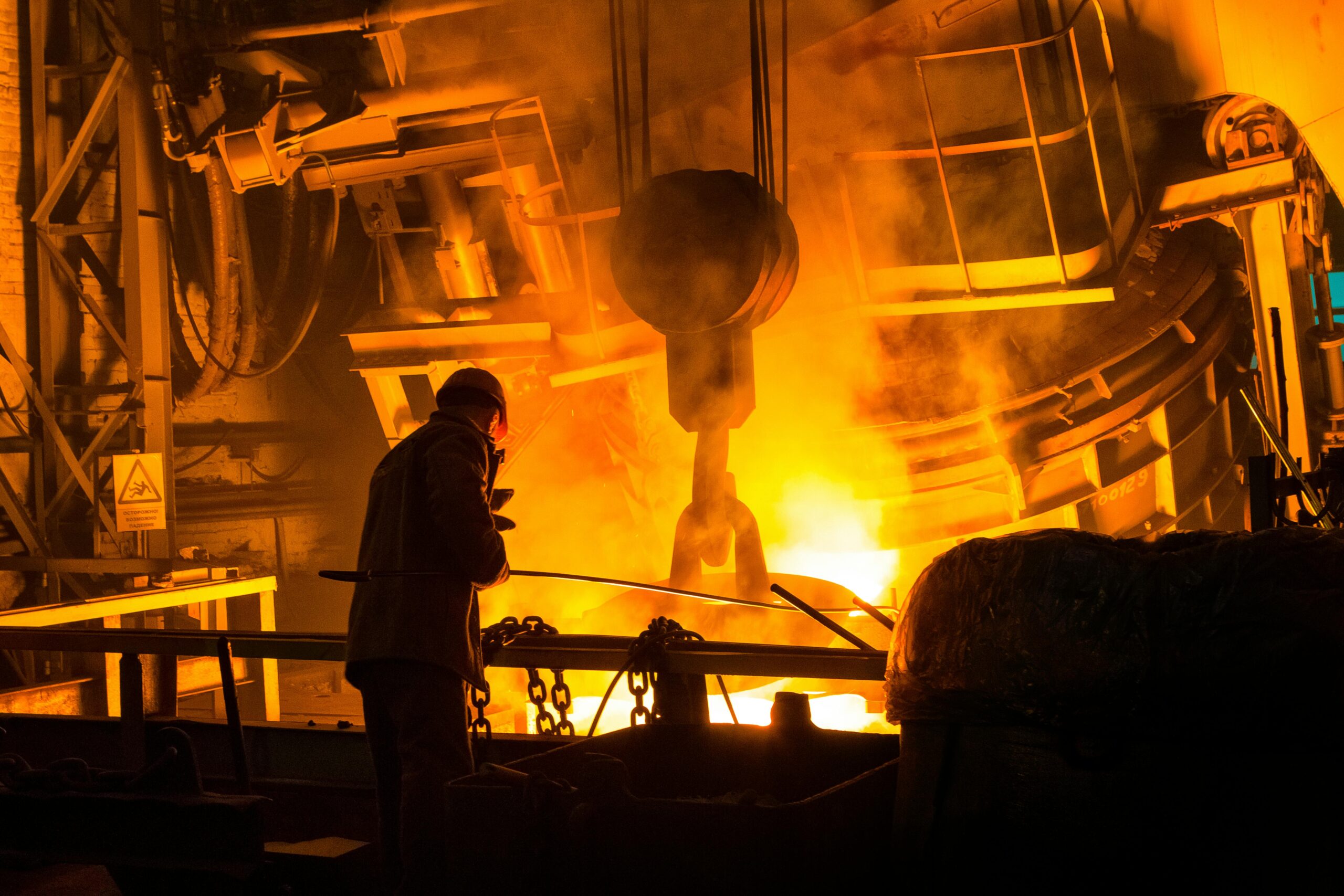Call or Text
801-438-4793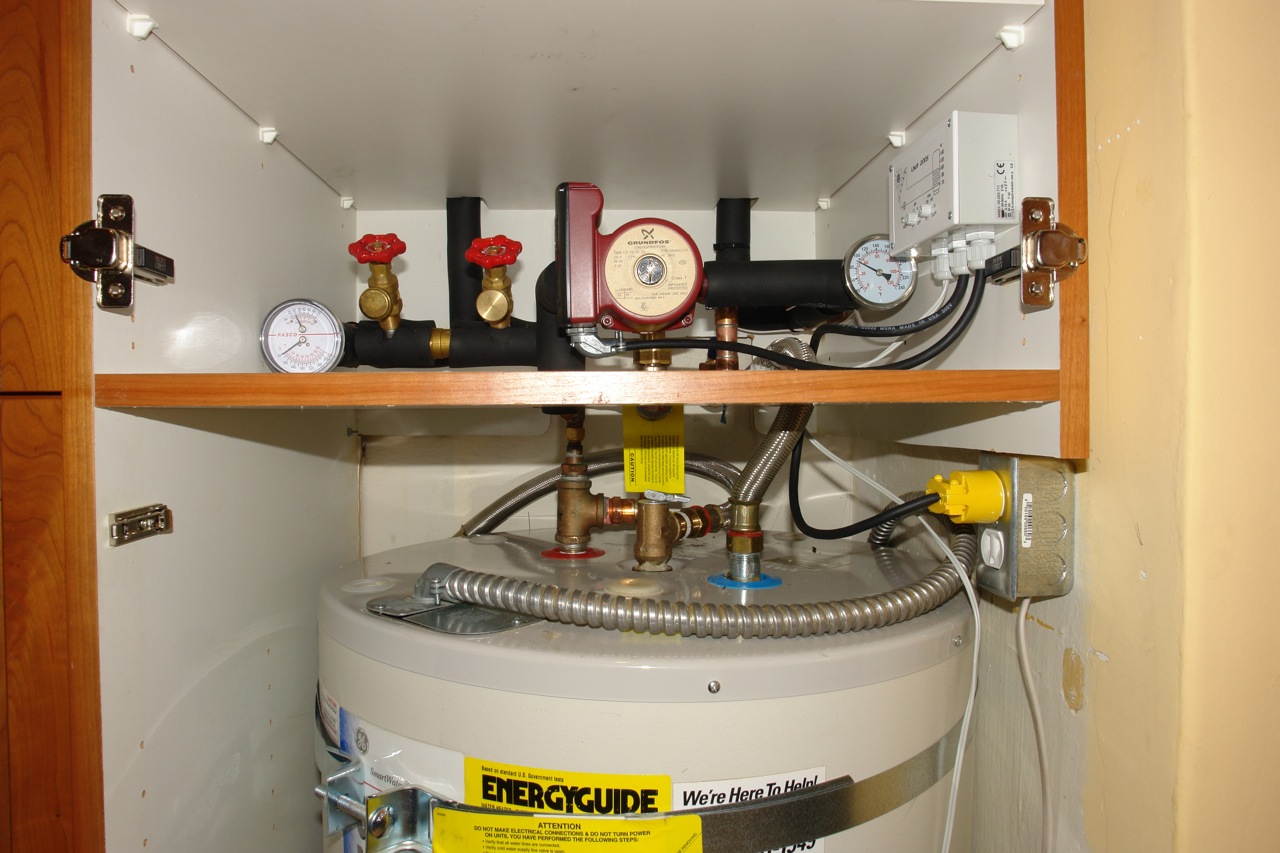
Understanding How Water Heaters Work
September 29, 2014
The water heater is one of the most important appliances in your home. The water running through the system of pipes throughout your house at any given time is somewhere between cool and very cold–depending on the season. When you want hot water to wash dishes or shower, you are relying on a water heater to take that cold pipe water and heat it up. While styles of water heaters vary some, the basic water heater is a big drum that holds water with a heating mechanism on the underside or inside of the tank. The simple nature of the design, though, contains a range of specialized components that all work together to deliver hot water to your faucet at a touch of a handle.
Basic Components
Tank- The water heater itself is a large tank–typically one that holds 40-60 gallons within a protective metal liner. The exterior of the tank is covered with a polyurethane foam or other insulating material and an additional external shell.
Dip Tube- Going into the tank from the top is the dip tube. This supplies water to the tank from the pipes where it eventually travels to the tank bottom and is heated.
Shut Off Valve- To stop the water flow into the tank, the shut off valve is located outside and above the unit.
Thermostat- The thermometer and temperature control device is an essential component for gauging and adjusting the temperature of the water. Depending on the type of unit, there may be a thermostat for each element.
Heat-out Pipe- This is where the hot water exits the water heater and travels to your faucets. This is generally located on the top of the tank’s interior.
Heating Mechanism- This is where all of the magic occurs. Depending on whether you have an electric or gas water heater, the heating mechanism may include heating elements within the tank or a burner and chimney system.
Drain Valve- If you need to replace internal elements in the tank, relocate the water heater, or clean out sediment, the drain valve near the bottom of the exterior part of the tank is the component to use.
Pressure Relief Valve- This valve simply keeps the pressure inside the water heater within safe operating limits.
Functionality
The water heater functions through a temperature controlled setting whereby you set the temperature between 120 and 140 degrees Fahrenheit to initiate the process. The dip tube then brings cold water from the pipes into the water tank to be heated. The heating mechanism then stays on until the water reaches the specified temperature of the thermostat. As the water heats, it rises in the tank where the heat-out pipe carries the water to the pipes and into your faucet. The key design element in water heaters is based on the principle that hot water rises over colder, denser water, and that this action does the hard work of separating the entering cold water from the hot outgoing water at the top of the tank. This simple principle and basic components make water heaters the essential, reliable appliances they are for households.
Recent News
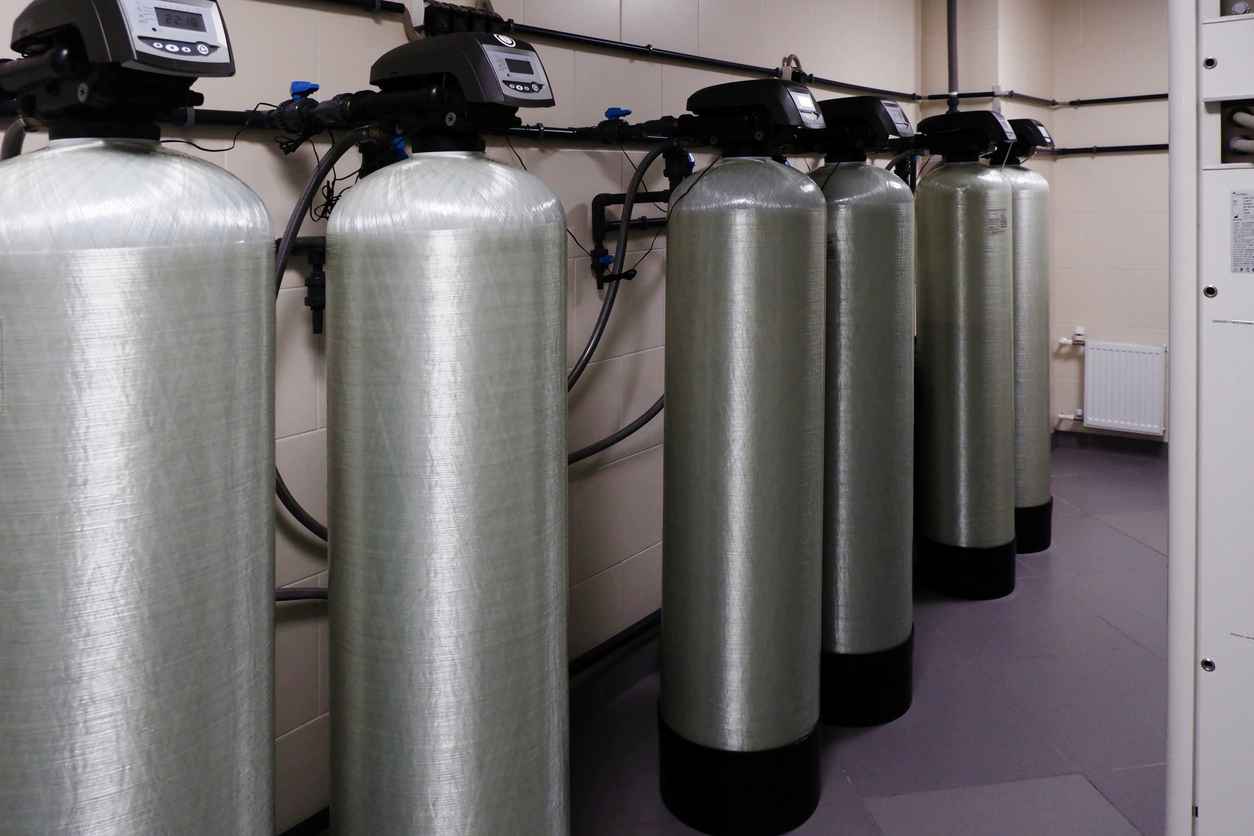
Do You Need a Water Softener? How to Tell & How You Benefit
May 29, 2025
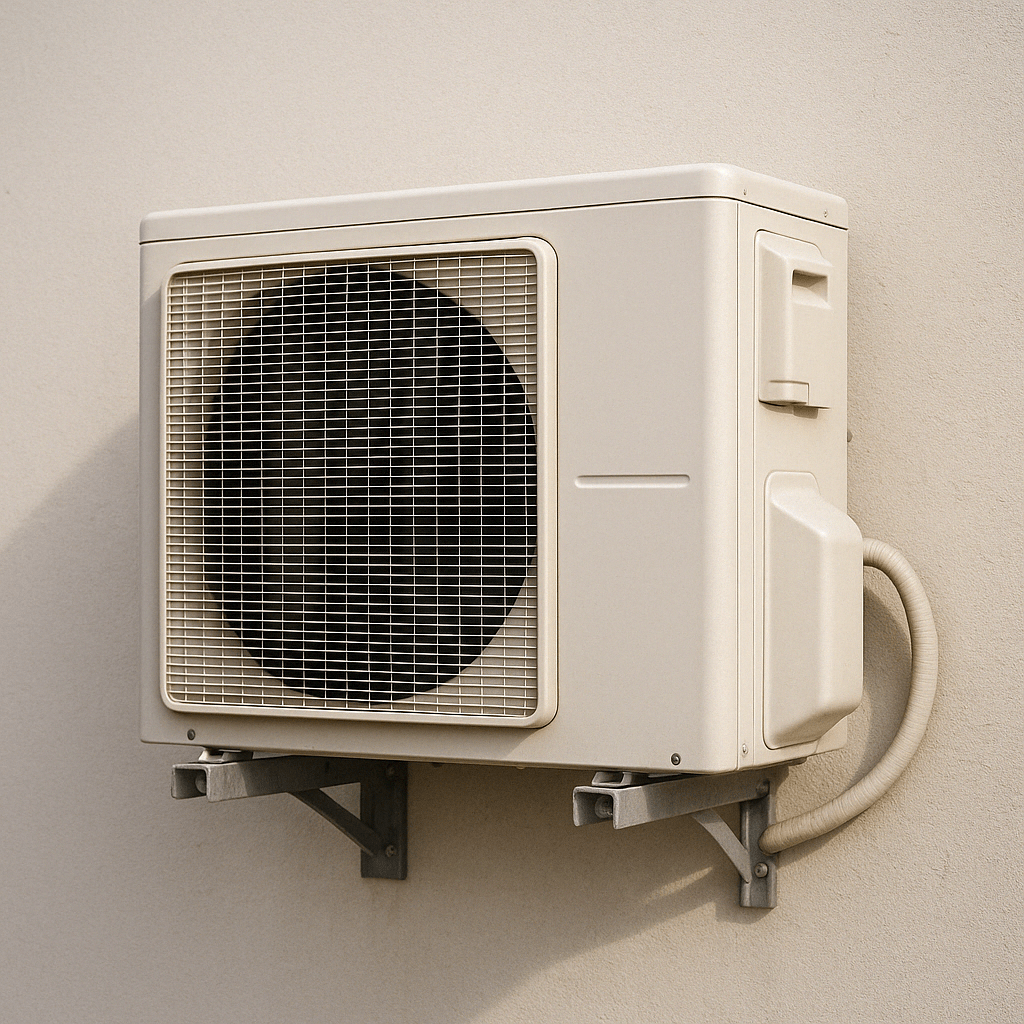
Get Your Air Conditioner Ready for the Summer with Superior Water & Air
April 21, 2025
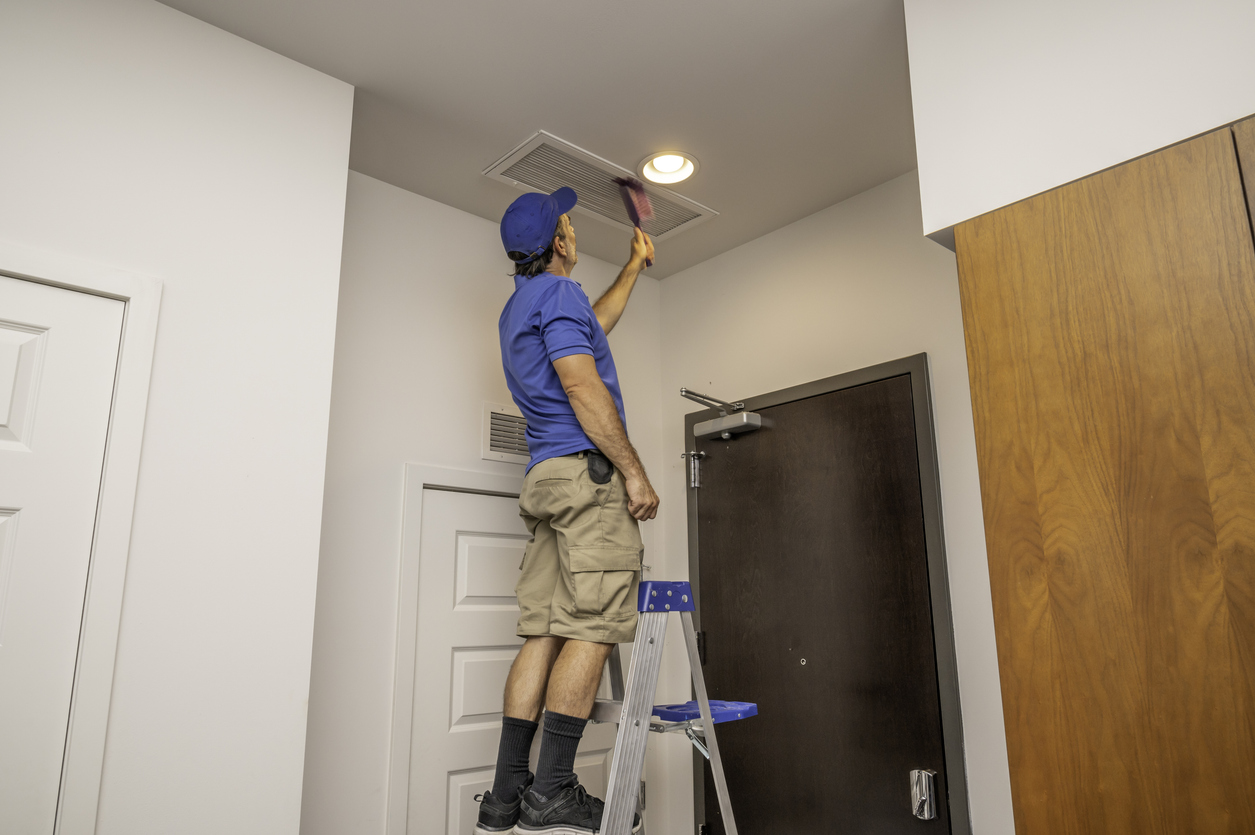
Why You Need the Air Ducts Cleaned in Your Home: Benefits & More
April 3, 2025
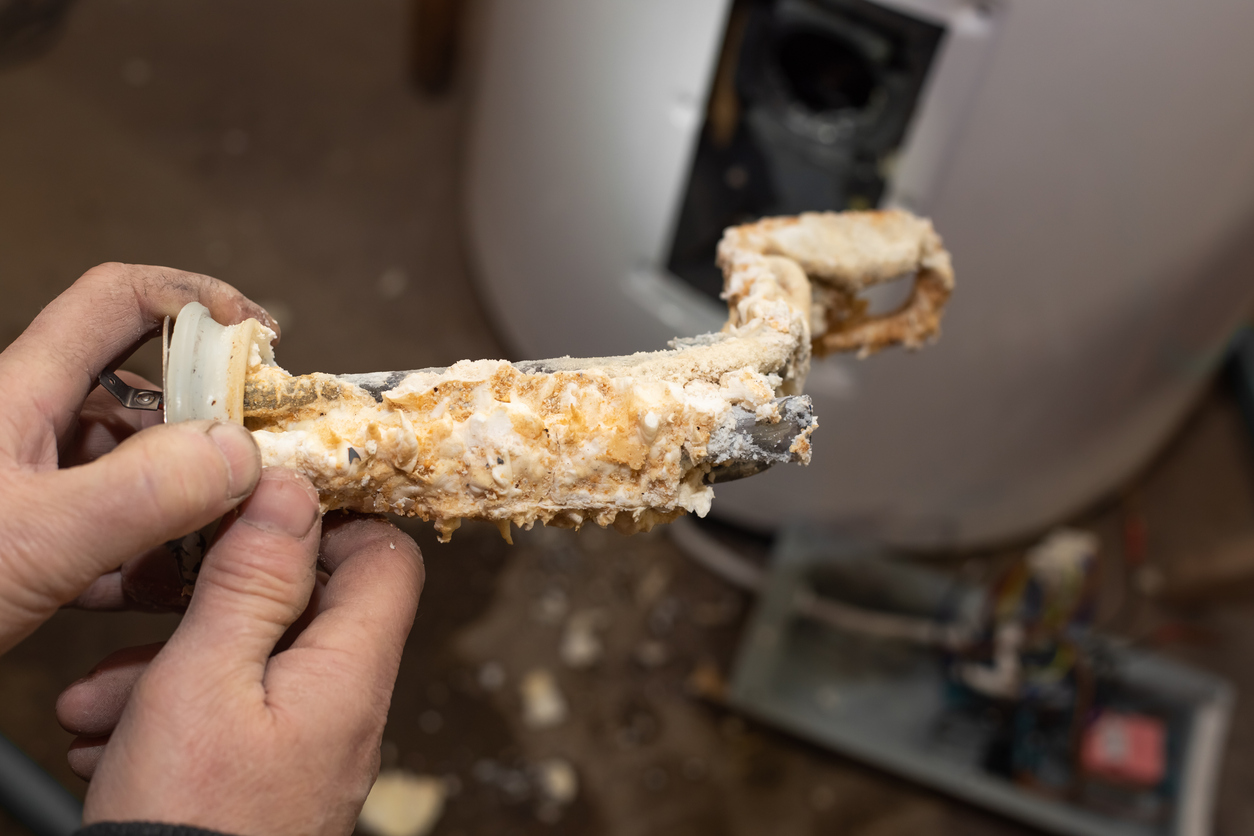
How to Determine Water Hardness & Treat Effectively
February 25, 2025
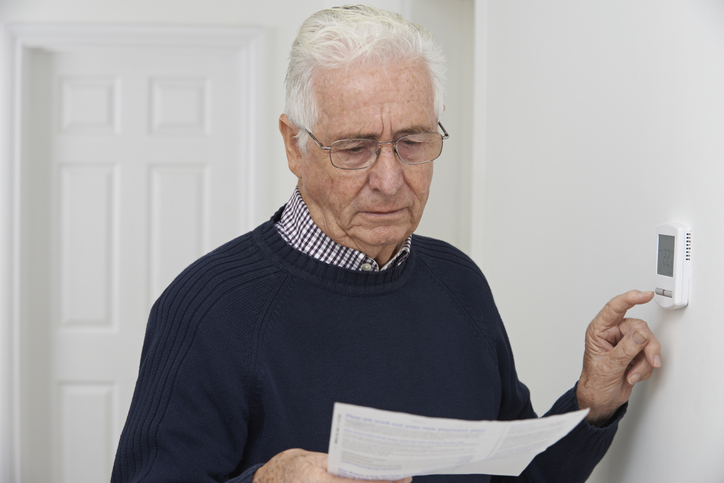
How to Save On Your Heating Bill During Winter
February 10, 2025
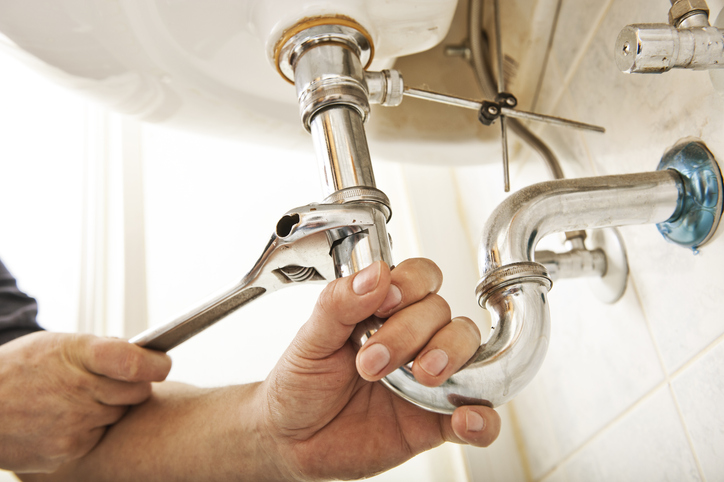
Cost Savings with Proper HVAC and Plumbing Systems in Winter
December 9, 2024
